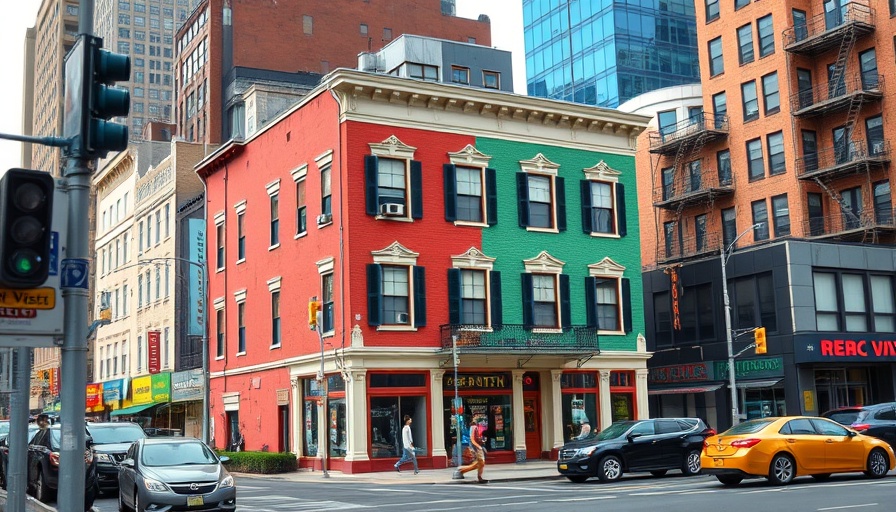
Understanding Duffy's Hill: A Forgotten Manhattan Landmark
Amid the flat ridges and straight avenues of Manhattan, a two-block stretch of Lexington Avenue between 102nd and 103rd Streets stands out: Duffy's Hill. Often regarded as the steepest hill in the city, this incline drops 28 feet over a mere 200 feet. Its steepness—boasting a daunting 14 percent grade—has not only shaped the physical landscape but has also carved its place in the historical narrative of East Harlem.
Duffy's Hill was named after Michael J. Duffy, a prominent builder during the Gilded Age. While he constructed over 800 homes in the area, the neighborhood was once characterized by shanties and free-roaming goats. However, this all changed thanks to Duffy, who earned the moniker "Mayor of Duffyville" due to his immense influence. An alderman during the late 1800s, Duffy played a crucial role in transforming the area and instilling a sense of community.
Dangers of Duffy's Hill: The Perilous Past
As intriguing as its history is, Duffy’s Hill also carries a reputation for danger. In the late 19th century, cable cars traversed this steep slope, leading to numerous accidents as they struggled to manage the rapid ascent and descent. Bystanders often witnessed chaos unfold as cars rushed downhill uncontrollably, leading to tragic incidents, including a fatal accident involving a runaway limousine in 1921.
The hill was likened to East Harlem's Death Avenue, highlighting the hazards drivers and pedestrians faced alike. Even today, navigating Duffy's Hill can be anxiety-inducing, especially for those unaccustomed to its steep gradient.
Lessons from the Past: The Need for Preservation
Duffy's Hill serves as a historical reminder of Manhattan's changing landscape. Unlike many forgotten streets, it has survived, maintaining its character in an ever-evolving metropolis. This hill illustrates the importance of knowing where you come from—a sentiment echoed by numerous residents who cherish their neighborhood's roots. One can imagine that if Duffy himself were around today, he would advocate for preserving the name and the legacy associated with it.
As the city continues to evolve with new developments on the Upper East Side, historical landmarks like Duffy's Hill remind us of New York's rich past and the residents who shaped it. Public awareness about these sites can foster a greater appreciation and motivate future generations to respect and preserve historical significance.
In a city where everything seems transient, honoring the memory of places like Duffy's Hill can bridge connections between its vibrant past and promising future.
 Add Row
Add Row  Add Element
Add Element 



 Add Row
Add Row  Add
Add 
Write A Comment